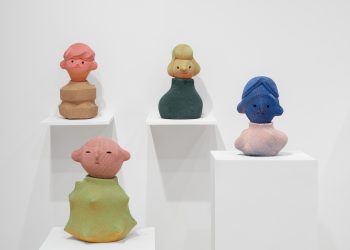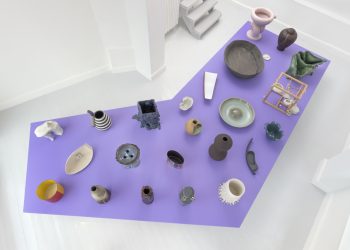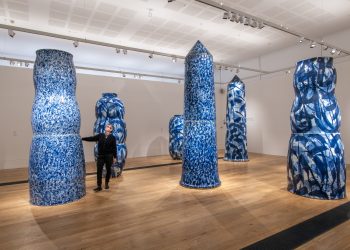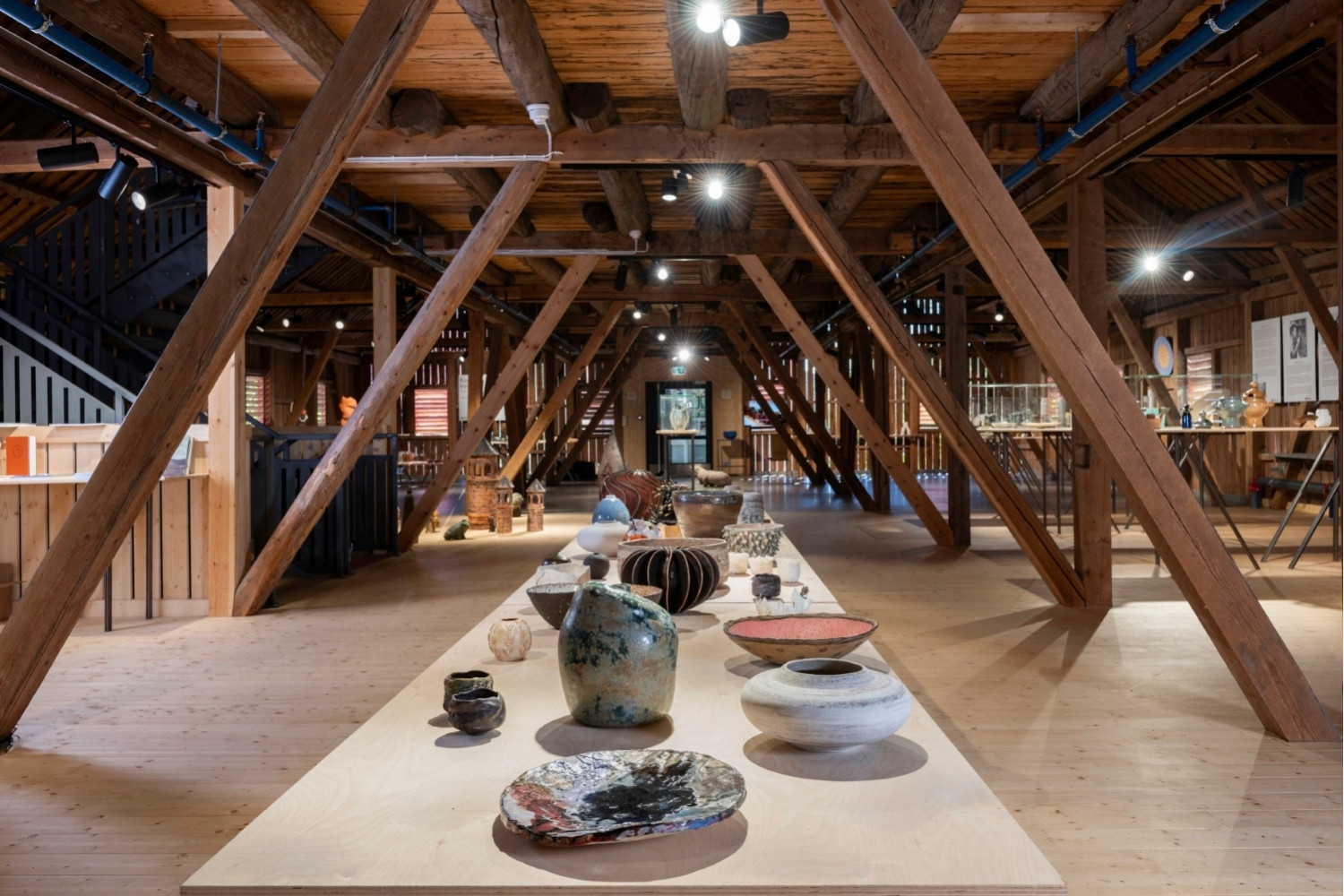
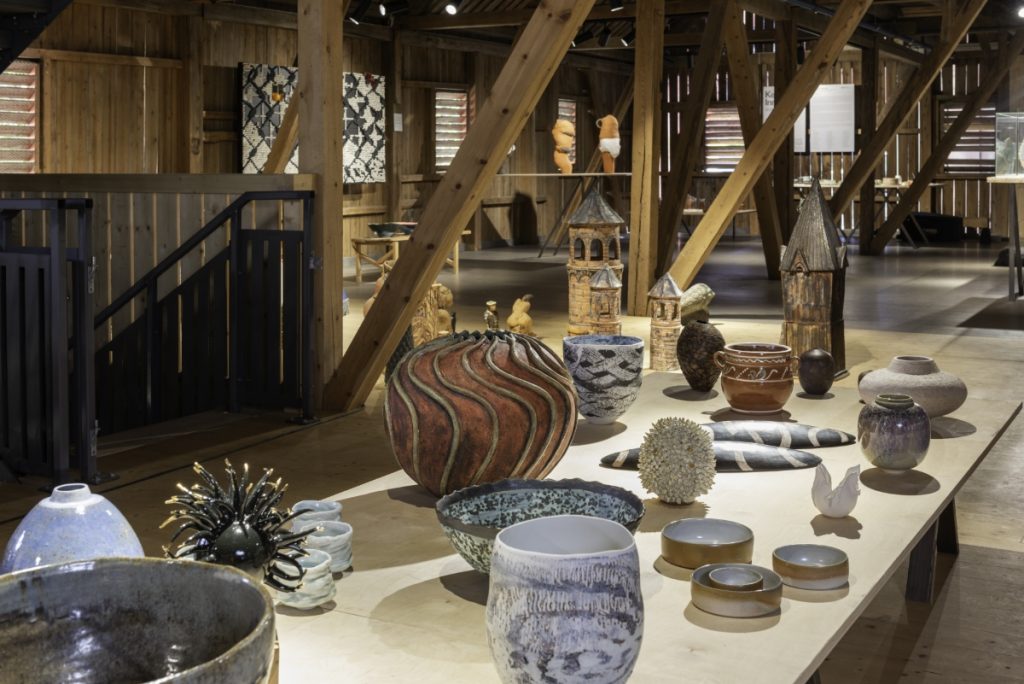
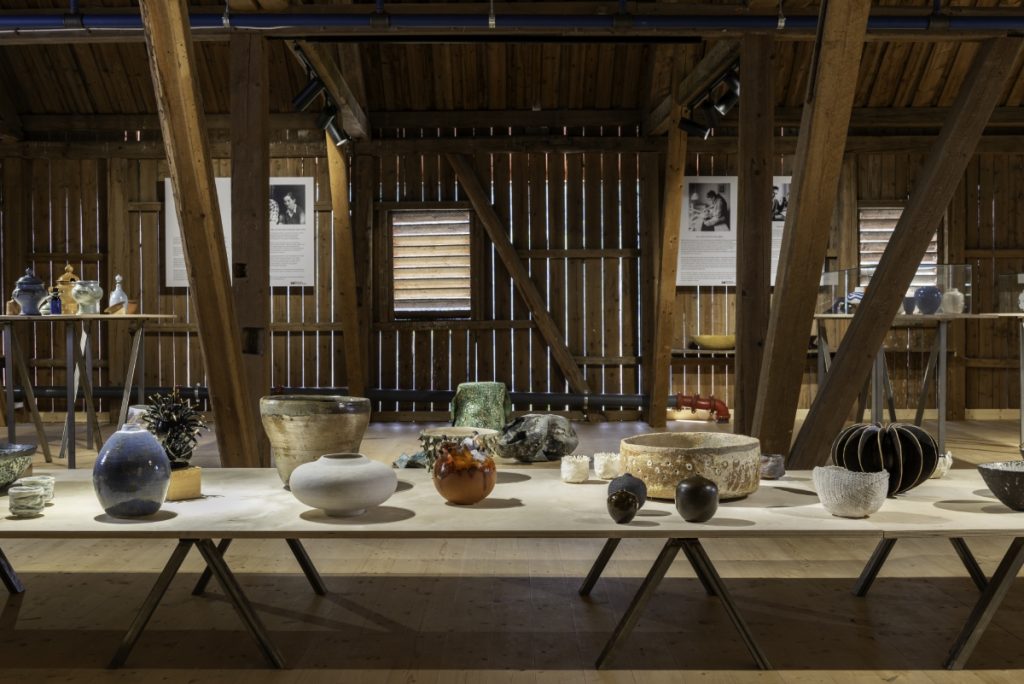
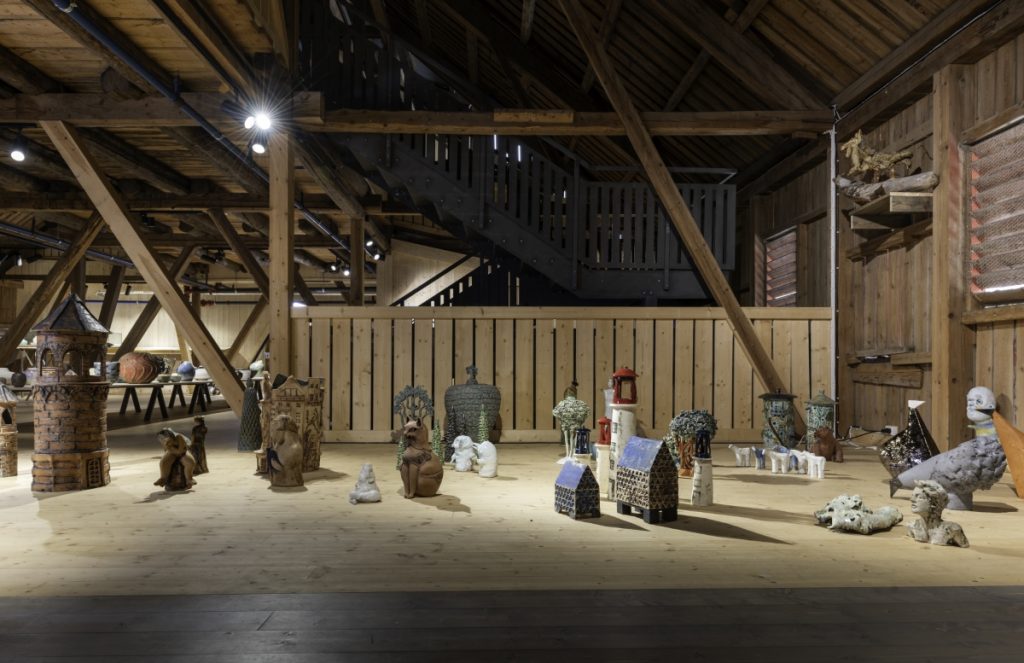
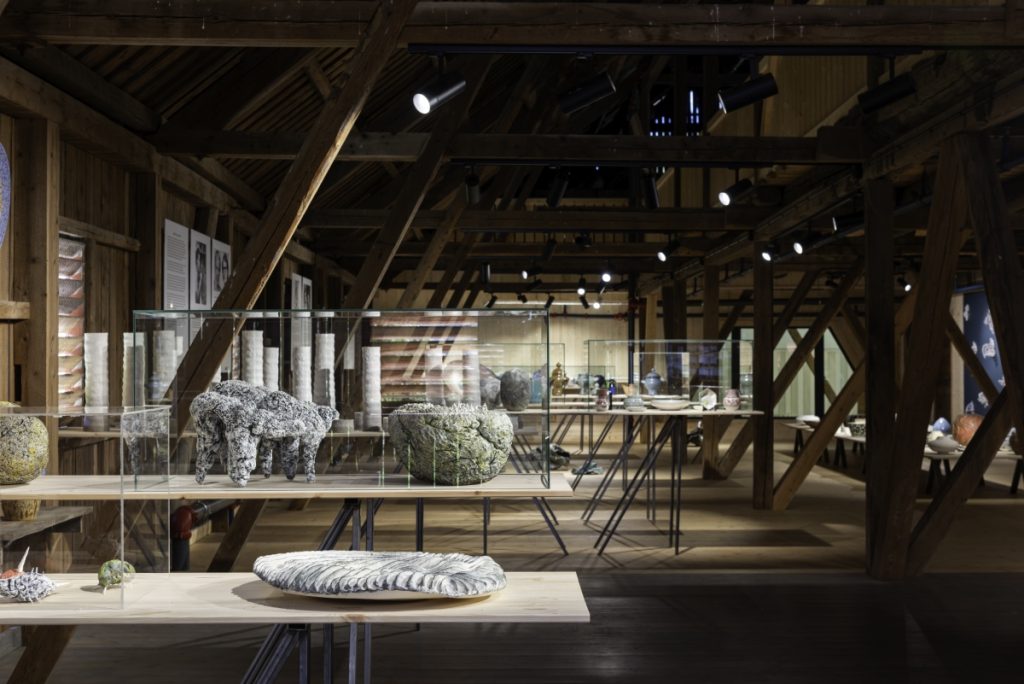
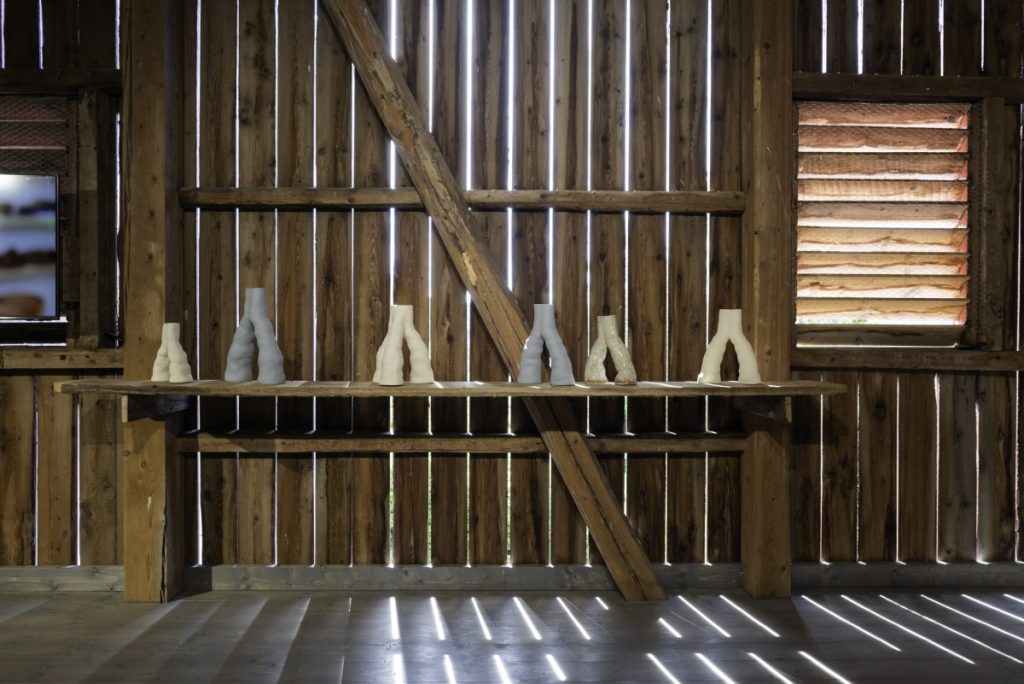
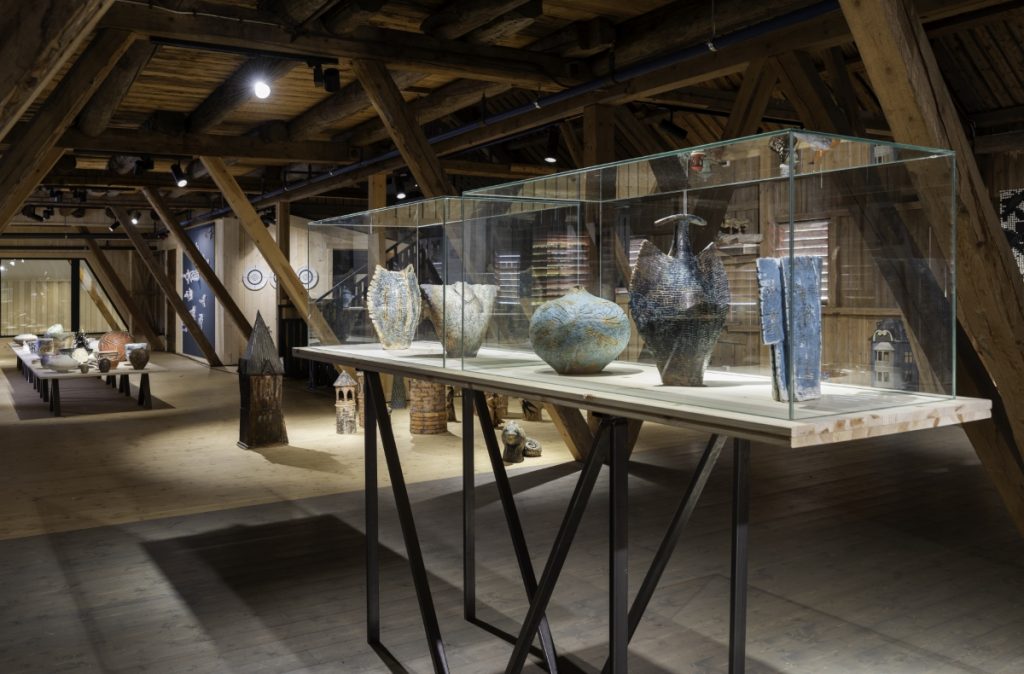
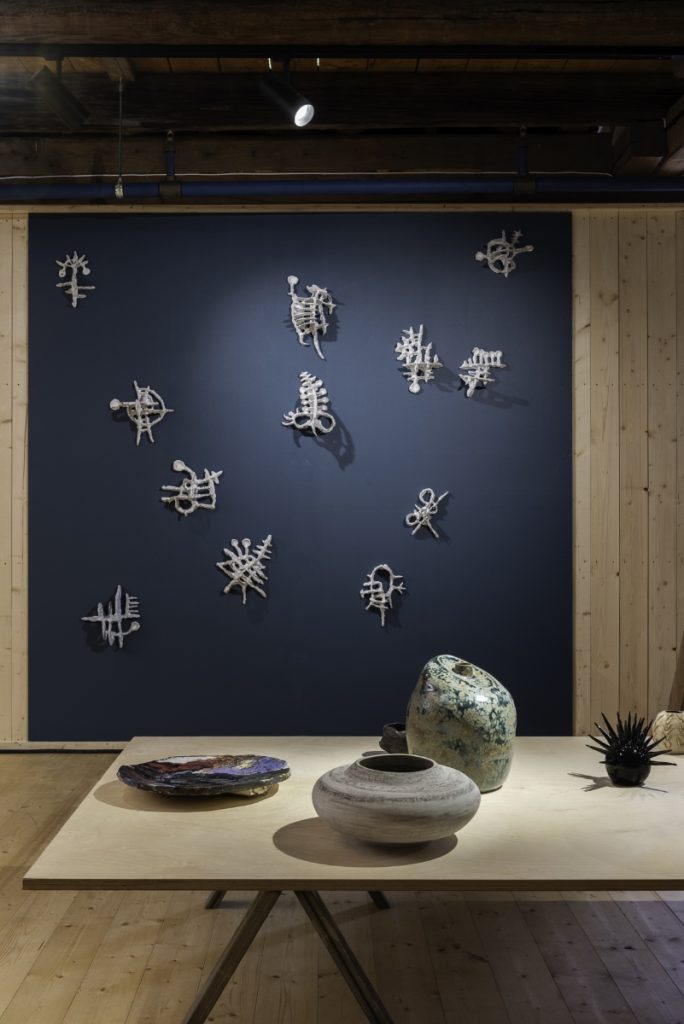
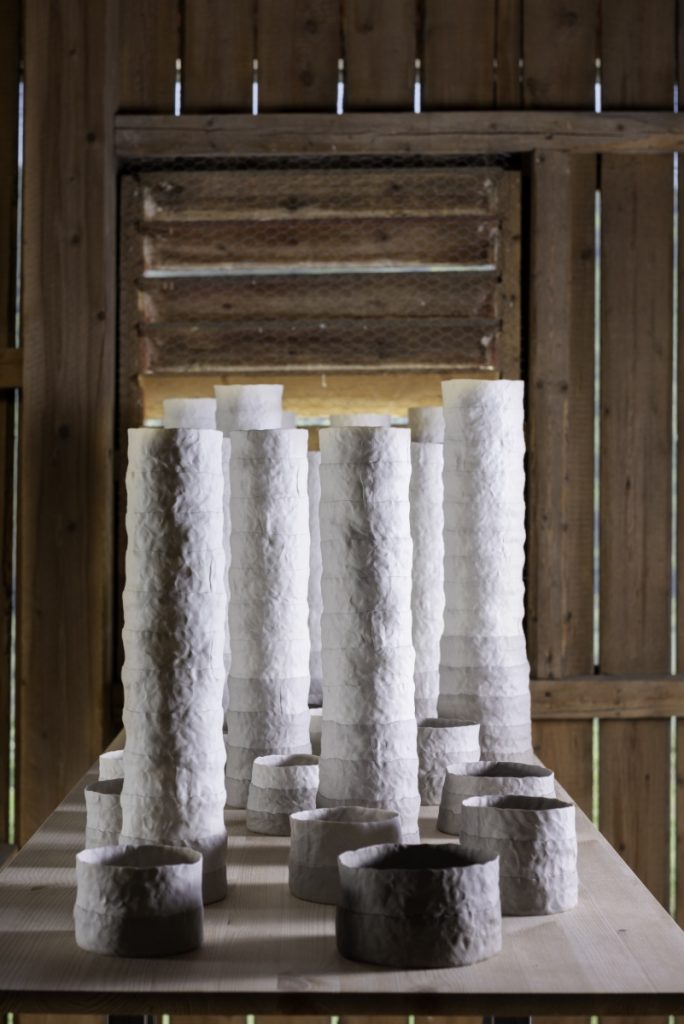
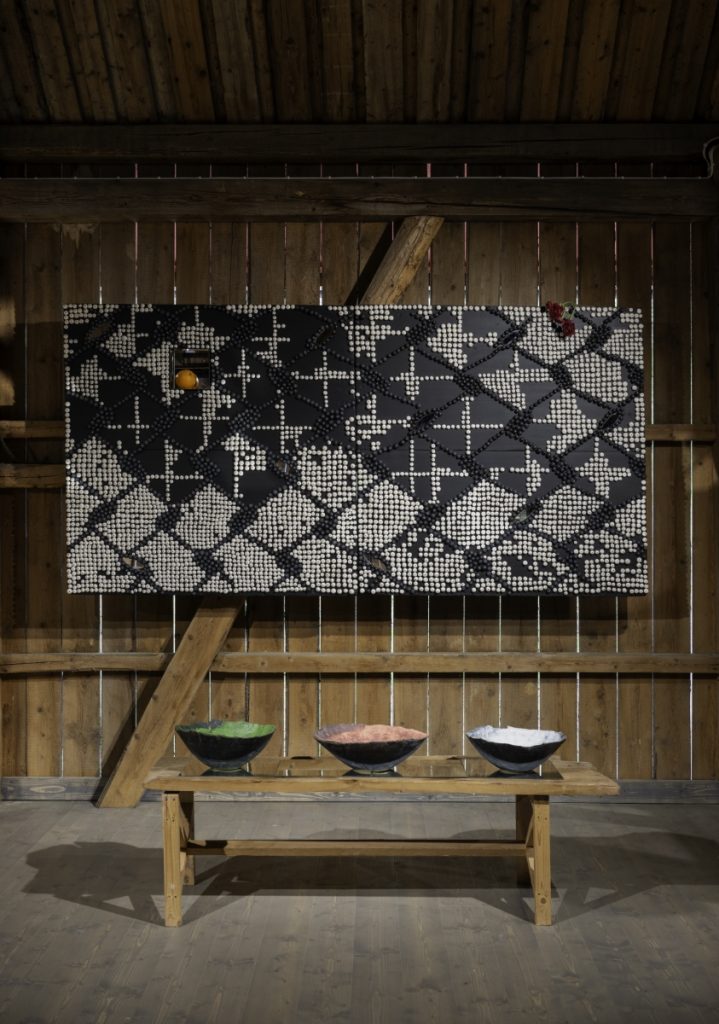
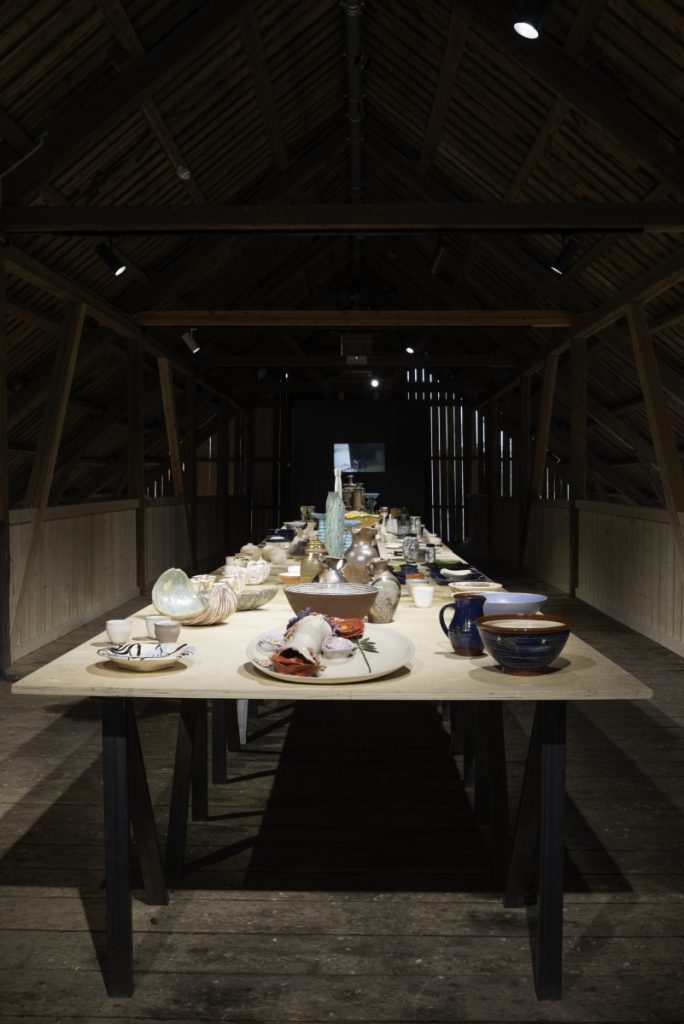
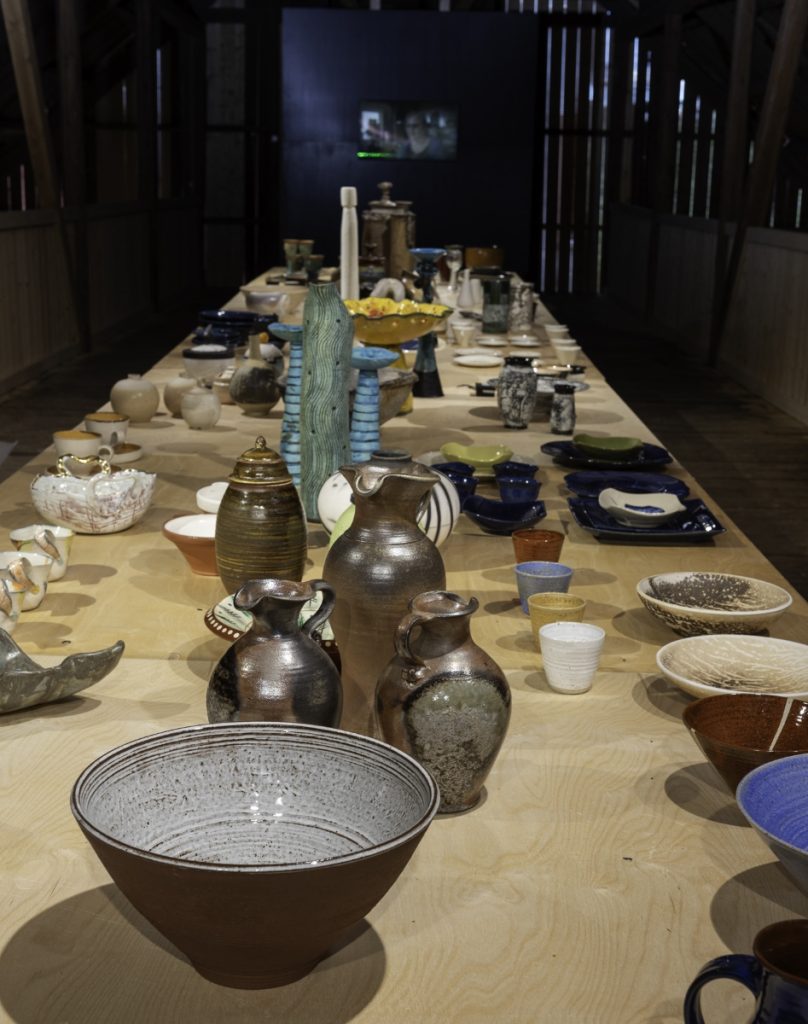
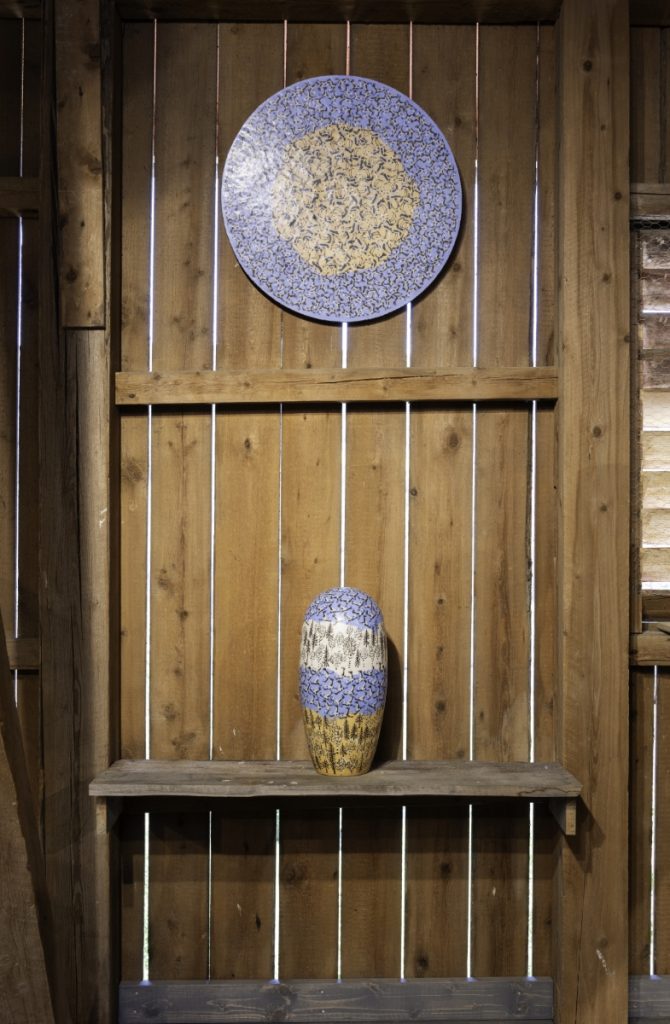
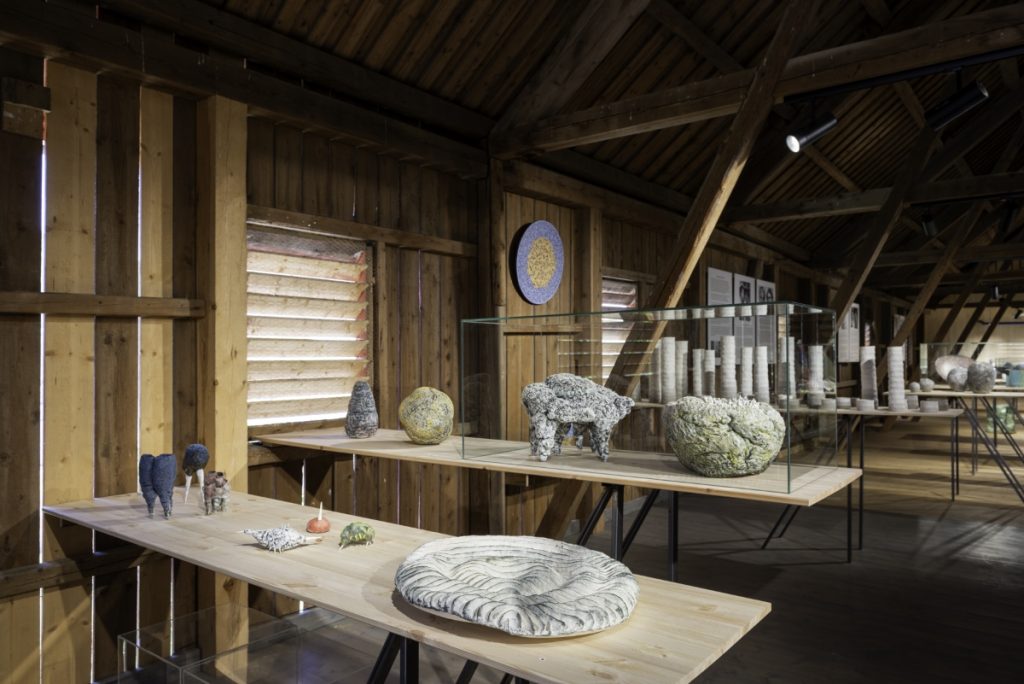
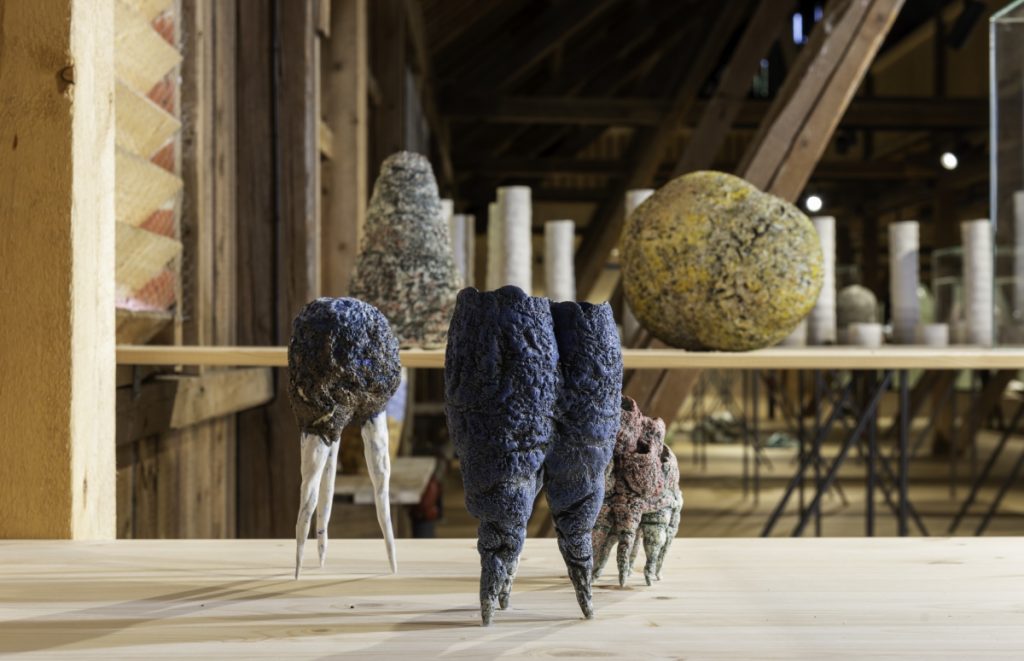
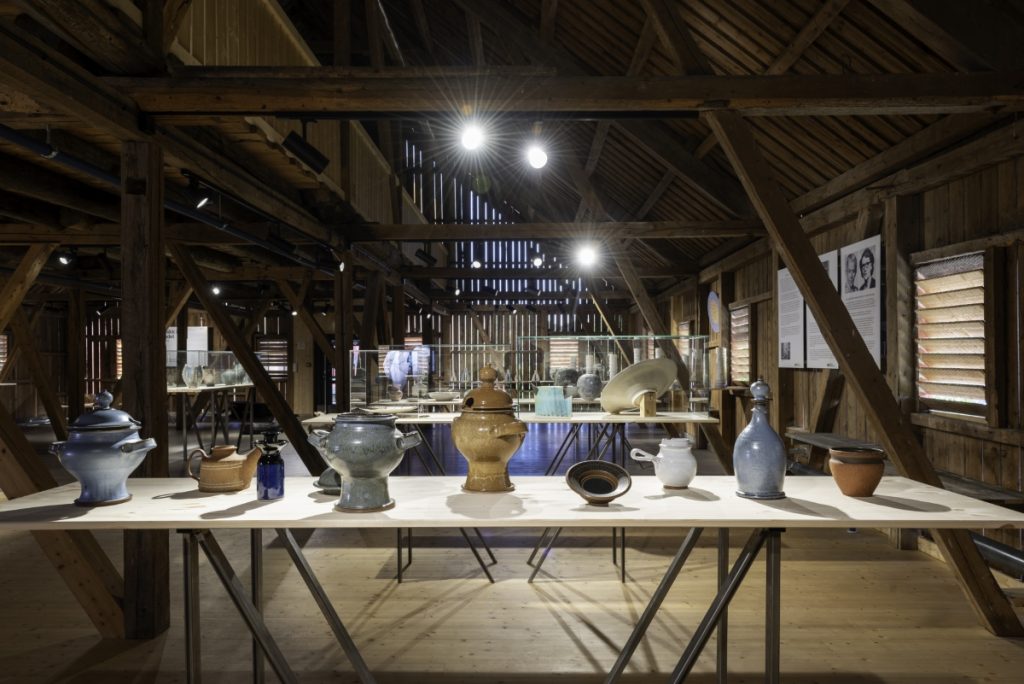
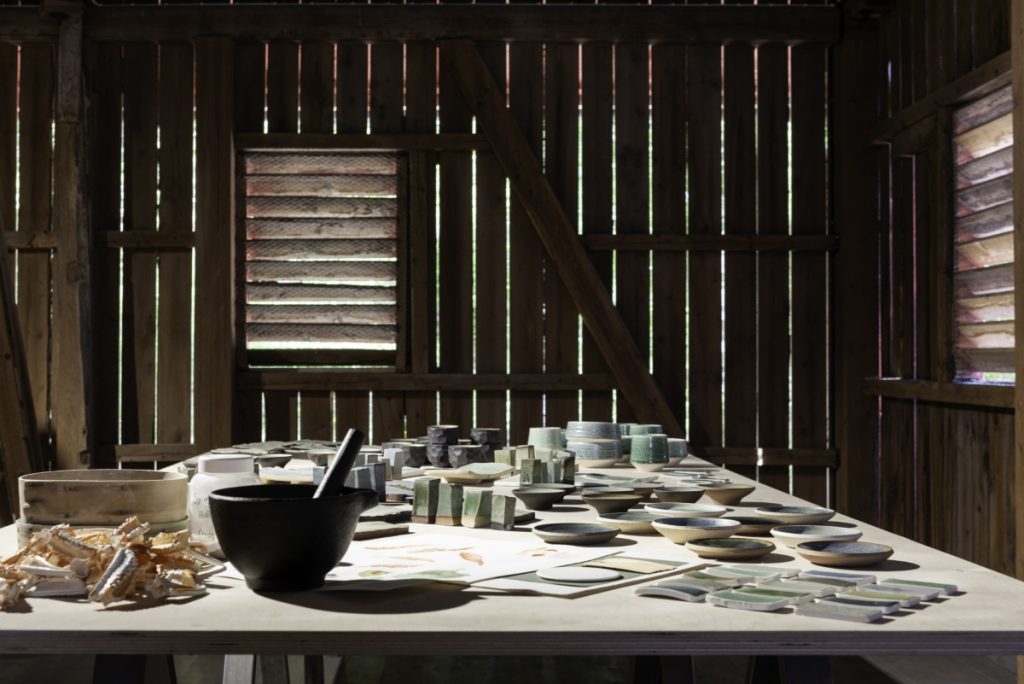
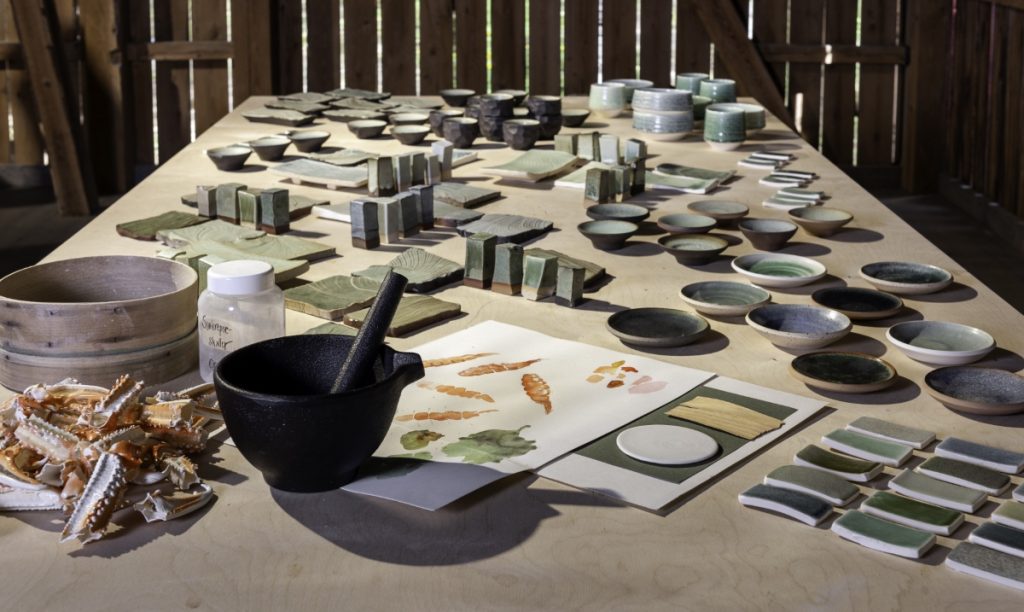
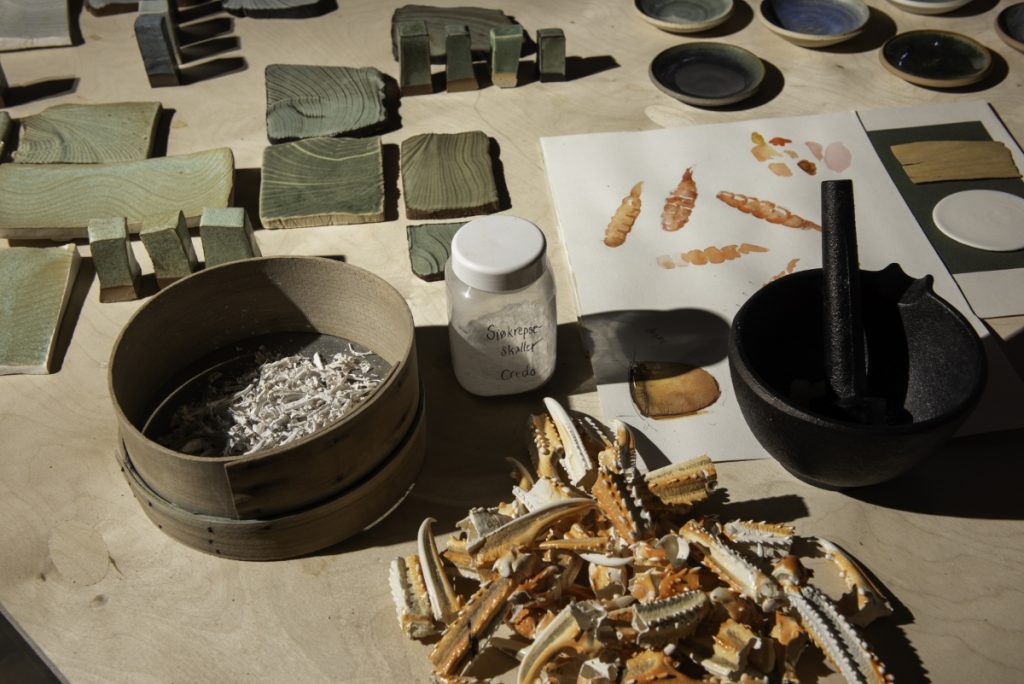
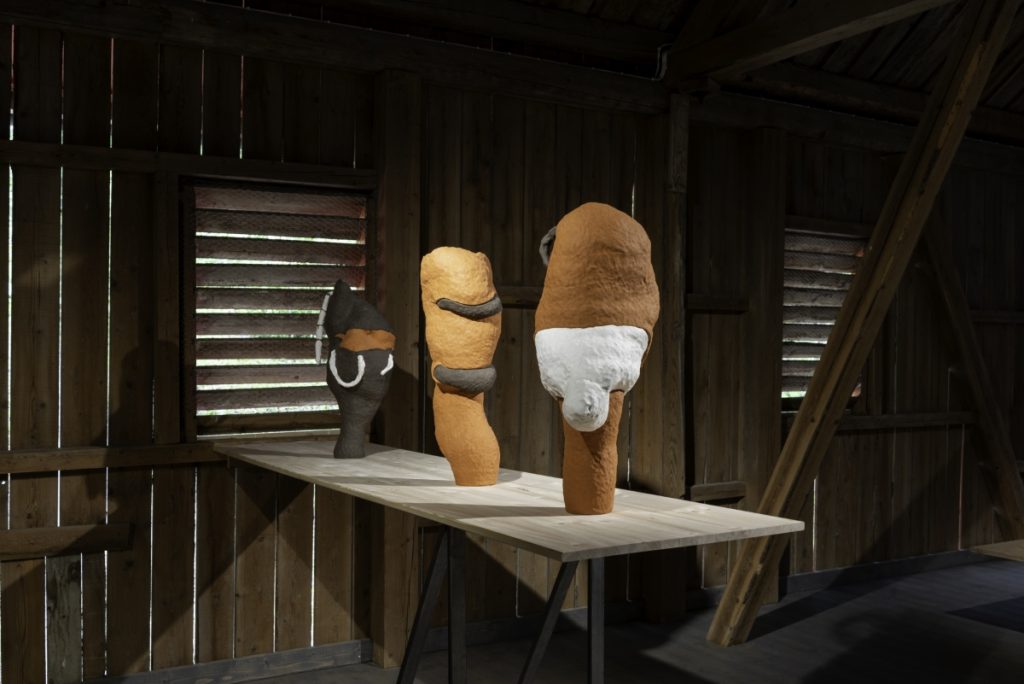
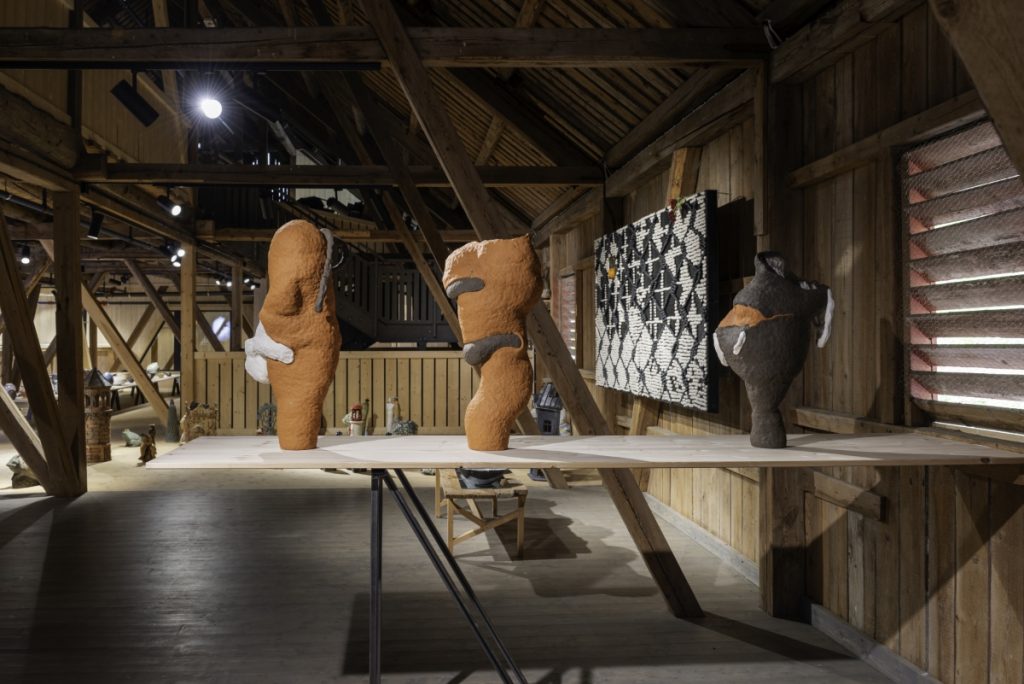
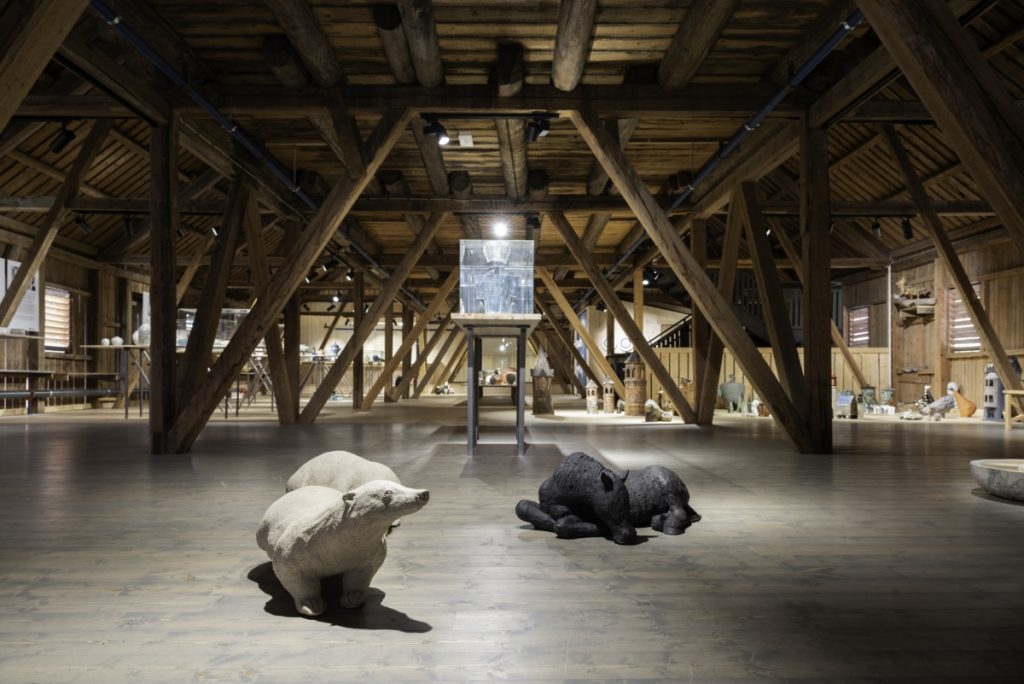
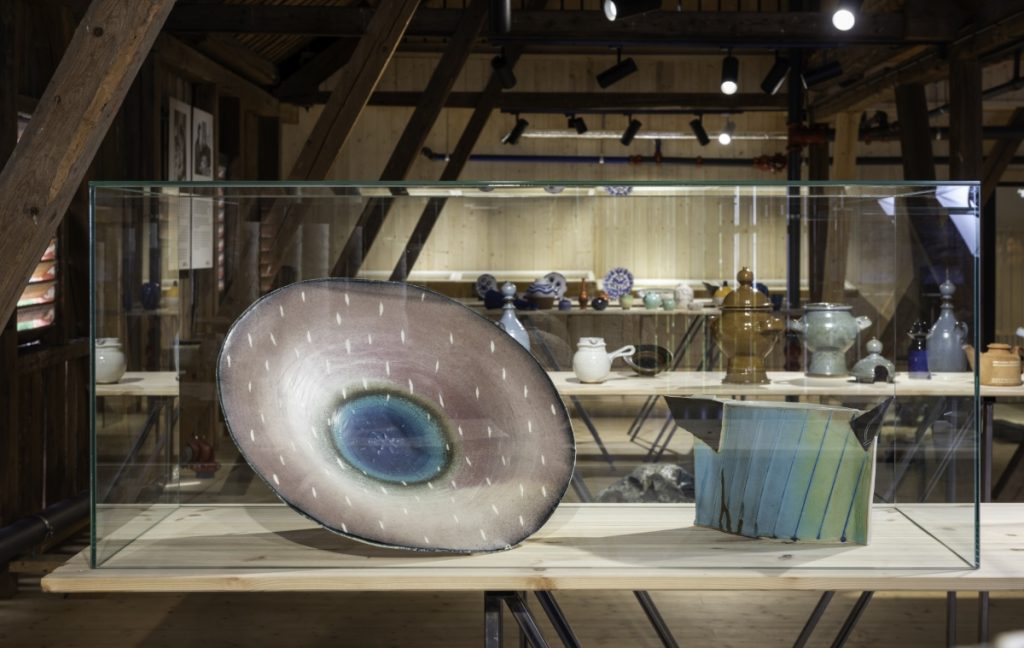
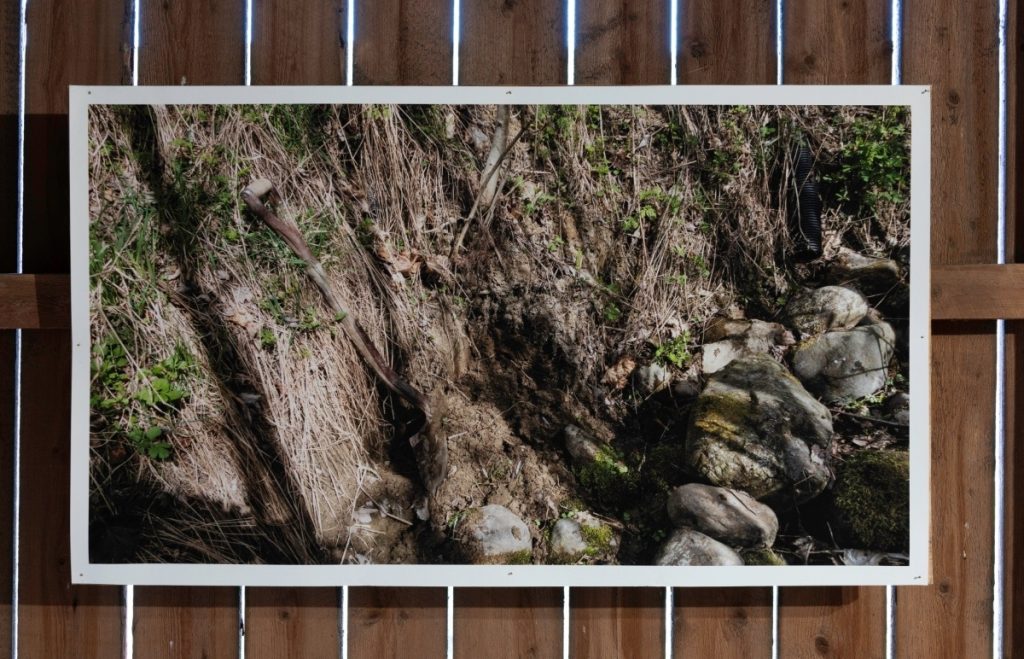
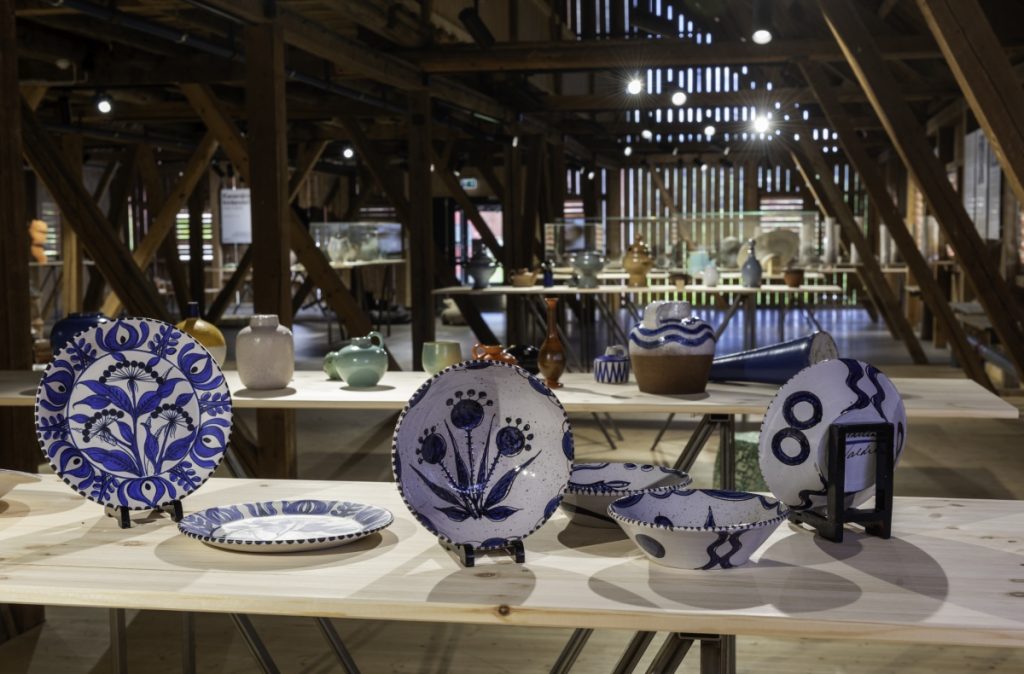
Ceramics in Innlandet at the Center for Ceramic Art Ringebu, Norway
June 1 – September 1, 2024
A pioneering project on studio ceramics from the post-war period until today
‘Keramikk i Innlandet’ (‘Ceramics in Innlandet’) is a pioneering investigative project that will span several years. Our intention is to shed light on the ceramic activities in the county of Innlandet, Norway, ranging from the earliest historical grave finds from the early Iron Age to contemporary art and design production. Centre for Ceramic Art (CCA) was established in 2020, offering a professional dissemination program to artists within the Norwegian and international ceramics community. Over time, a need to anchor the institution in regional community development and tradition-bound practices emerged. The exhibitions ‘Keramikk i Gudbrandsdalen – fra Fajansefabrikken i Lesja 1760 til MENT i Fåberg 2022’ and ‘Keramikk i Ringebu 1993–2023’ are initiatives that, in various ways, map out the driving forces that have affected the field of ceramics, from the northern to the southern ends of the valley.
Our investigations were continued in 2024. In the exhibition ‘Ceramics in Innlandet’, we examined the significance of studio ceramics and its evolution from utility ceramics, through arts and crafts, to ceramic art. Centuries have passed since Ivar Skurdal (1790–1840) settled in Vågå and established a pottery workshop. Following World War II, a strong entrepreneurial spirit, aided by education, professional politics, and network-building, has contributed to far-reaching impacts extending beyond district and nation borders. This county is defined by its inland geography and less exposure to maritime impulses than in the coastal parts of Norway. Nonetheless, ceramists have carried out their work fully aware that the clay itself represents a potential for universal communities between ideas and people.
The craft’s ability to survive is solidified through enduring alliances. In preparation for the exhibition, we have reached out to collectors and public and private institutions and tracked connections between generations. We have been welcomed by all those directly or indirectly linked to clay-based activities. This has helped us outline the contours of a community where studio ceramics appear to have a solid grounding and continuous growth. Today, individual enterprises in the county operate as co-creators and suppliers within a variety of artistic ecosystems. These include gallery and museum networks, markets and pottery outlets, as well as CCA, the communal workshop Fabrikken, Norsk Håndverksinstitutt (the Norwegian Crafts Institute), university college and university programs, and professional political bodies. There is also a residency exchange program between the region and international communities. This multifaceted ceramic production thus serves a purpose across most areas of use, from our current domestic sphere to museum collections with the preservation of the long historical perspectives.
Through our research, we have encountered grey areas and gaps in our recorded collective memory. CCA’s aim is to contribute to the mapping and renewal of a branch of the history of ceramics that has rarely been documented. CCA makes this work accessible through an ongoing process, where theory, photographs, and films, collected ceramic items, and site specific installations are made available to the general public.
Seminars
‘Ceramics in Innlandet’ opened with a two-day seminar. The participating artists and invited academics provided insights into workshop practices and theoretical approaches to the perception of ceramic art and the material cultural history of clay.
Clay is a material that occurs globally, where commonalities in language and form offer unique opportunities for communication. However, local geological and cultural variations have nonetheless been determinant in our perception of the material’s value and area of use. We see that ceramicists draw on their own geography, investigating local stories about industry and urban development. Others gather from the closest natural environments in their exploration of old, experiential methods. Today, clay appears as a ‘rediscovered’ artistic medium, with its relevance extending into societal issues centred on ecology and resource management.
Through panel discussions, lectures, and presentations, the seminar highlighted tendencies and ideas within ceramics that have moved through time and space across the valleys and lowlands of Innlandet.
List of artists for the exhibition ‘Ceramics in Innlandet’: Andreassen Kristin, Borgen Sonja, Bratbergsengen Dag, Deglum Elisabeth Østby, Duborgh Richard, Duborgh Tone, Eckhoff Tias, Ekstedt Elisabeth Laza, Eng Anna Maria Øfstedal, Erichsen Tor Alex, Espedal Johannes Engelsen, Espelien Liv Kristin, Espelien Sigrid, Fagerheim Yngvild, Forrestad Tove, Fredlund Margrete, Gjerdrum Gunhild Lunde, Grue Astrid, Hansen Hege Loe, Haraldsen Nina Margreth, Høstaker Grethe, Johnsen Anne Lise, Johnslien Marte, Jørstad Anna Torseke, Karlsen Kari-Anne, Klausen Maj H., Klos Agnieszka, Knutzen William, Kongsrud Elisabeth, Lange-Nielsen Line Holand, Løkken Kjell Helge, Madshus Marit, Martinsen Martha Ann Blume, Mæhlum Johan, Mo Marita Eri, Motzfeldt Ingema Hoff, Nørsteng Sofie, Pedersen Kerstin Falkenberg, Pedersen Stein Egil, Persson Målfrid, Pløen Erik, Reienes Anne-Brit Soma, Rindal Madoka, Sira Idun, Skipnes Bodil Mogstad, Skåltveit Gro Honoré, Solem Vera Fredny, Standerholen Nina Andrea, Sund Kari Marie, Sørheim Anne-Johanne, Sørnes Hilde Elstad, Thrane Ragnhild Elise, Ulmo May Knarud, Ulverud Lillann, Vangen Grete Anna, Visted Svein, Viken Sonja Gussiås, Voldheim Kjell, Wathne Sissel, Wattum Guro, Åmot Brita Rusten, Øfstedal Kari Johanne, Øverseth Kari Oline, Aasen Vida.
Other programming at CCA
Fjøset (The Byre) – Johannes Engelsen Espedal
Espedal creates art with a sensitivity towards the materials, where the spectator forgets that what is being witnessed is actually ‘scrap’.
Patina and history anchor the works in time and space. The materials are subjected to a maturation process. He gathers the materials and surrounds himself with them for extended periods of time before arranging them in unexpected constellations. This is the essence: the connection between the materials, the location, and the new context. In a sudden encounter, bygone history is sensed. The rational is juxtaposed with the creative impulse, the meaningful contrasting the meaningless.
Although the base might be discarded building materials, furniture, or parts of agricultural machinery, the aim is to create realities that appear both alien and universal. In 2023, Espedal showcased the sculptures Attom nova at the Oslo Central Station and Brottsjø at Peder Balke Senteret. The project at the parsonage can be considered a continuation of these works. Espedal studied ceramics at Kunsthøgskolen i Bergen (current The Faculty of Fine Art, Music and Design, University of Bergen) and at Burg Giebichenstein Hochschule für Kunst in Halle, Germany. He will use his weeks in The Byre to rediscover ways of approaching clay as an artistic material. In conjunction with the exhibition ‘Ceramics in Innlandet’, The Byre will be open to visitors, showcasing accompanying video documentation of the working process. Espedal will present the project during the seminar weekend.
Monumentalverkstedet (The Monumental Studio)
Throughout the year, a number of artists are invited for artist-in-residence stays, followed by an exhibition. A residency provides artists with the time and opportunity for reflection, research, production, and presentation of their own practice. CCA offers the only international residency program in Norway specifically tailored for ceramicists. The experience as a guest artist in The Monumental Studio usually marks the beginning of a long-term collaboration between the artist and the residency. Artists return to complete projects, start new ones, exhibit their work, and participate in workshops and seminars – or as part of a future audience at CCA.
Pottemakeriet (The Pottery)
The Pottery is a place where anyone with a lump of clay in hand can continue exploring the exhibition theme, ‘Ceramics in Innlandet’. The exhibition tells the story of how artists and potters have familiarised us with the ceramics of their respective home counties. Visitors of all ages are invited to participate in a collective building project, where an element from their local environment or natural surroundings can be shaped in clay and placed along a clay model of Gudbrandsdalslågen, the river flowing through the valley from Lesja to Mjøsa. As more and more people participate, a civilisation of houses, roads, industry, forests, and animals will emerge — a society created by a multitude of hands and a collective thought, embodying the spirit of good old-fashioned community work. Professional ceramicists demonstrate various methods, from throwing to coiling techniques. After a visit to the workshop, one will have learned a little more about the material, craftsmanship, processes, and the stories behind them.
Text translated by Eira Mugås
Contact
info@senterforkeramiskkunst.no
Center for Ceramic Art Ringebu
Vekkomsvegen 433
2630 Ringebu
Norway
Photos by Thomas Tveter



